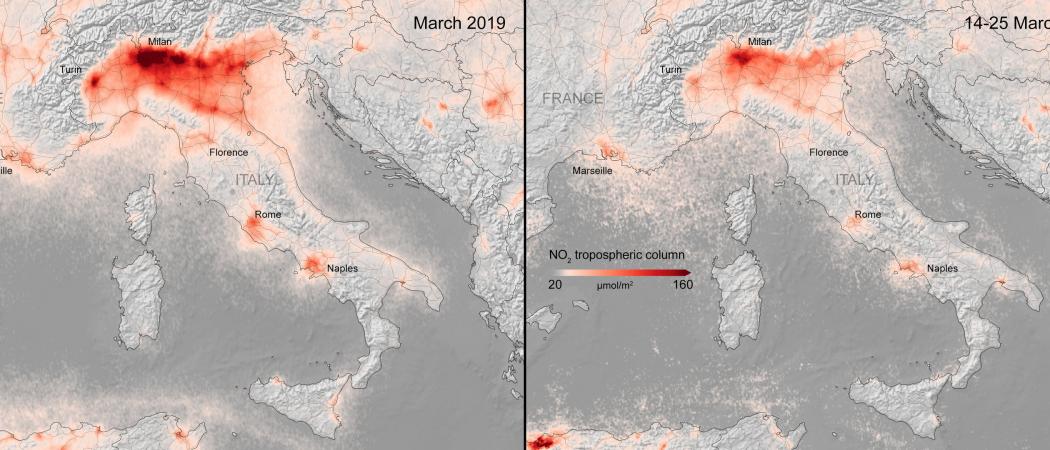
People who have long lived in areas with high levels of air pollution are 15 percent more likely to die in COVID-19 than people living in areas with lower levels, a new study from Harvard University shows. If the number of particles in the air had decreased by as little as one microgram per cubic meter, some 250 people’s lives could have been saved in Manhattan only.
Disease experts with the Harvard T.H. Chan School of Public Health analyzed recent air pollution and COVID-19 mortality data for more than 3,000 counties across the U.S. They found that people who have long lived in areas with high levels of PM 2.5 are at 15 percent more likely to die of COVID-19 than people living in areas with lower levels.
It is small pollutants in a size called PM 2.5 that cause the greatest damage when we inhale them. The researchers found that an increase of just one microgram of PM2.5 per cubic meter of air is associated with a 15 percent increase in the COVID-19 death rate for that county. These pollutants are less than a human hair in diameter and are mainly derived from the burning of fossil fuels, for example in cars and power plants.
“A small increase in long-term exposure to PM2.5 leads to a large increase in COVID-19 death rate, with the magnitude of increase 20 times that observed for PM2.5 and all-cause mortality,”
“The study results underscore the importance of continuing to enforce existing air pollution regulations to protect human health both during and after the COVID-19 crisis.”
– The researchers wrote.
Another study published this week shows that 78 percent of all deaths in Italy, France, Spain, and Germany occurred in the areas most polluted. The study by Martin Luther University Halle-Wittenberg (MLU) combines satellite data on air pollution and air currents with confirmed deaths related to COVID-19 and reveals that regions with permanently high levels of pollution have significantly more deaths than other regions.
The satellite data included the levels of regional nitrogen dioxide pollution measured by the European Space Agency’s (ESA) Sentinel 5P satellite, which continuously monitors air pollution on earth. Then compared this data with data on deaths related to COVID-19, specifically analyzing the data from Italy, France, Spain, and Germany.
“Since the novel coronavirus also affects the respiratory tract, it is reasonable to assume that there might be a correlation between air pollution and the number of deaths from COVID-19,”
“When we look at Northern Italy, the area around Madrid, and Hubei Provence in China, for example, they all have something in common: they are surrounded by mountains. This makes it even more likely that the air in these regions is stable and pollution levels are higher,”
– Dr. Yaron Ogen from the Institute of Geosciences and Geography at MLU
These types of studies are not epidemiological, however, they only look at the relationship between places with high levels of air pollution and high death rates.
Reference:
A national study on long-term exposure to air pollution and COVID-19 mortality in the United States
Yaron Ogen Assessing nitrogen dioxide (NO2) levels as a contributing factor to coronavirus (COVID-19) fatality https://doi.org/10.1016/j.scitotenv.2020.138605


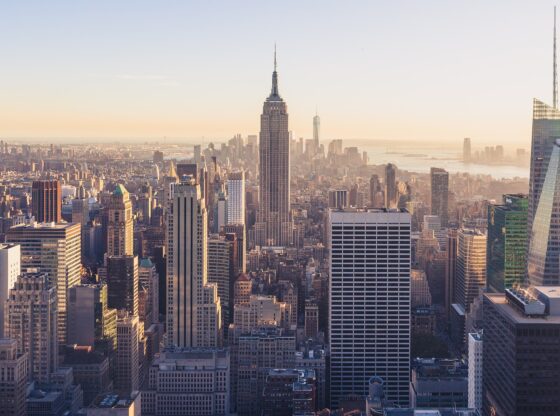

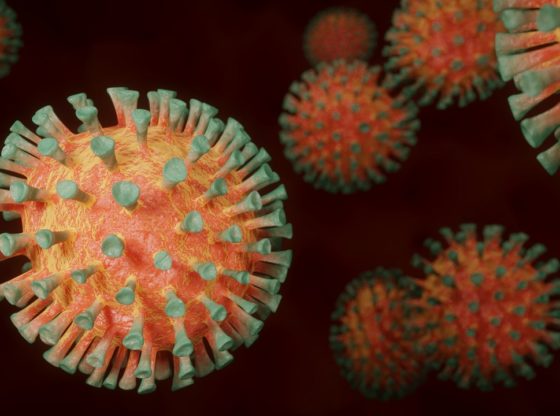

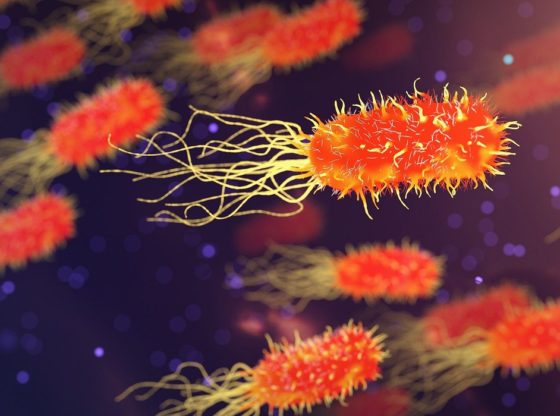



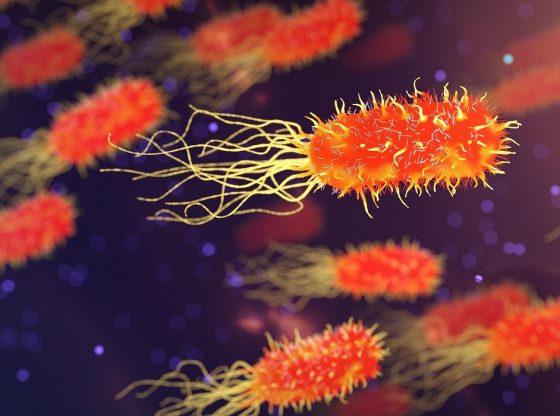
![OpenAI. (2025). ChatGPT [Large language model]. https://chatgpt.com](https://www.illustratedcuriosity.com/files/media/55136/b1b0b614-5b72-486c-901d-ff244549d67a-350x260.webp)
![OpenAI. (2025). ChatGPT [Large language model]. https://chatgpt.com](https://www.illustratedcuriosity.com/files/media/55124/79bc18fa-f616-4951-856f-cc724ad5d497-350x260.webp)
![OpenAI. (2025). ChatGPT [Large language model]. https://chatgpt.com](https://www.illustratedcuriosity.com/files/media/55099/2638a982-b4de-4913-8a1c-1479df352bf3-350x260.webp)








